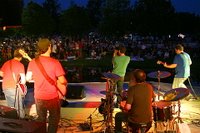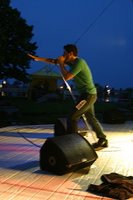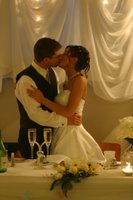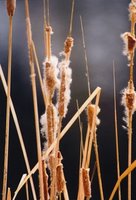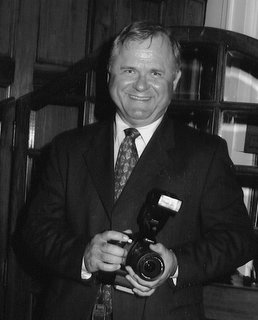Buyer Beware the Extended Camera Warranty – Deal or No Deal
What is the deal with extended warranties? Are they really an insurance against damage or malfunction?
A seasoned salesperson knows just when to propose the extended warranty; especially, those electronic store sales representatives. When you are high on the purchase the salesperson poses the question, “ Would you like the extended warranty added to this purchase?”. Now they Do NOT review the extended warranty Terms and Conditions (T's & C's) outlining the things that ARE NOT covered by the extended warranty. In fact, some of them purport (Like Future Shop which is part of the Best Buy chain of stores) it is a 'no hassle' insurance. BUNK!
Truth be told, the extended warranty merely extends the manufacturer's warranty and is confined to the same coverage restrictions. It is interesting that the major area where you would want coverage – damage or breakage from impact – IS NOT covered under an extended or a manufacturer's warranty. Review, up front, the details of the extended warranty contract. You will discover lots of exclusions with respect to damage.
Consumer Reports Magazine surveyed tens of thousands of its readers about their repair experience with an extended warranty. The repair cost usually was less than the extended warranty cost. Consumer Reports Magazine concluded from this 2002 research that extended warranties are NOT A GOOD INVESTMENT.
Studies have shown that electronic stores use extended warranties to bolster their profit margins on low margin electronic items. The extended warranty could add 30% to the cost of your purchase. Smooth-talking efforts to sell customers extended warranties is usually part of a sales employee's compensation and job security.
An Extended Warranty seems to be a case of 'buyer beware'. Remember electronic equipment and camera prices drop very quickly. Newer products are introduced every 6 to 12 months forcing that once 'state-of-the-art' item you have to be flushed from manufacturer's inventory at rock bottom prices to retailers and consumers. This short product life-cycle creates a cut-throat competitive retail pricing environment among manufacturers and retail stores. Extended warranty sales improve a retail store's bottom line.
Instead of repairing your damaged camera, consider replacing it via one of the on-line auctions. This bid-price for the exact used [undamaged] product you have could prove less cost than the extended warranty cost. You will have just saved yourself some money and the frustration of arguing with a customer service representative to have an extended warranty claim honored by the retail store.
Labels: appliance warranties, buyer beware, consumer magazine, consumer reports, consumer reports magazine, electronic warranties, extended warranties, extended warranty, warranties
